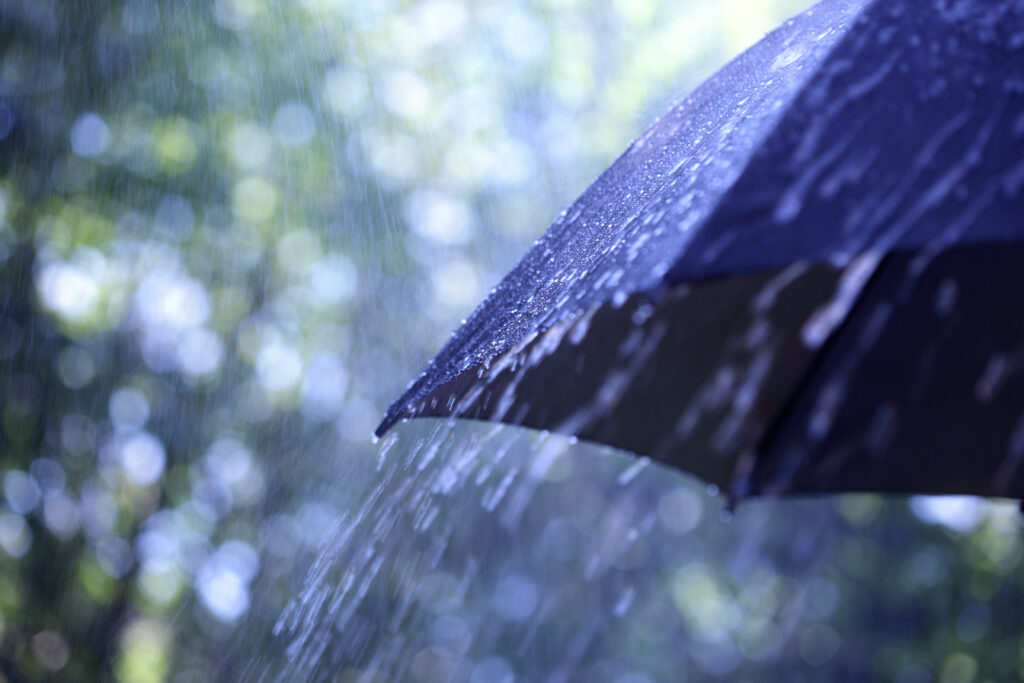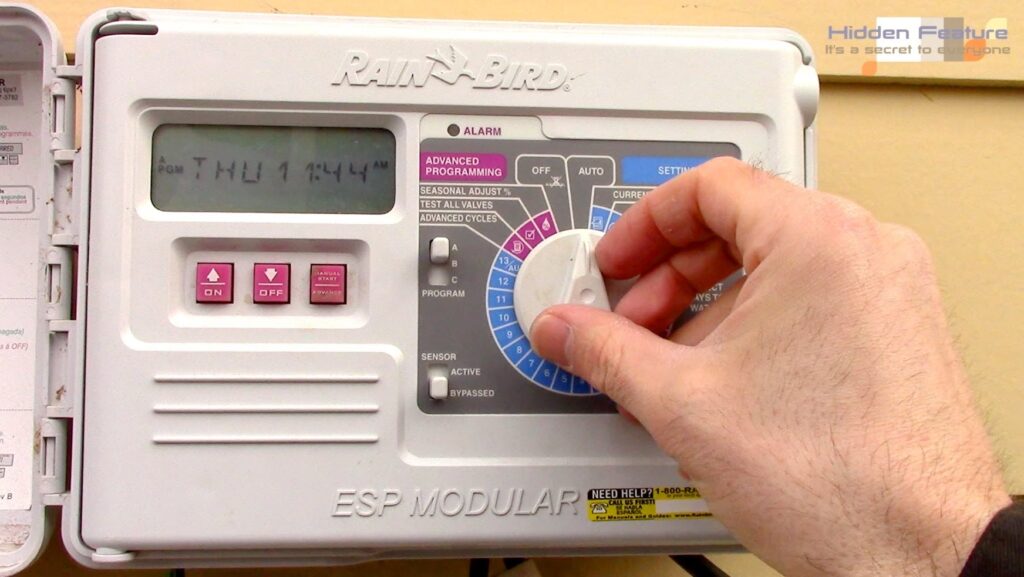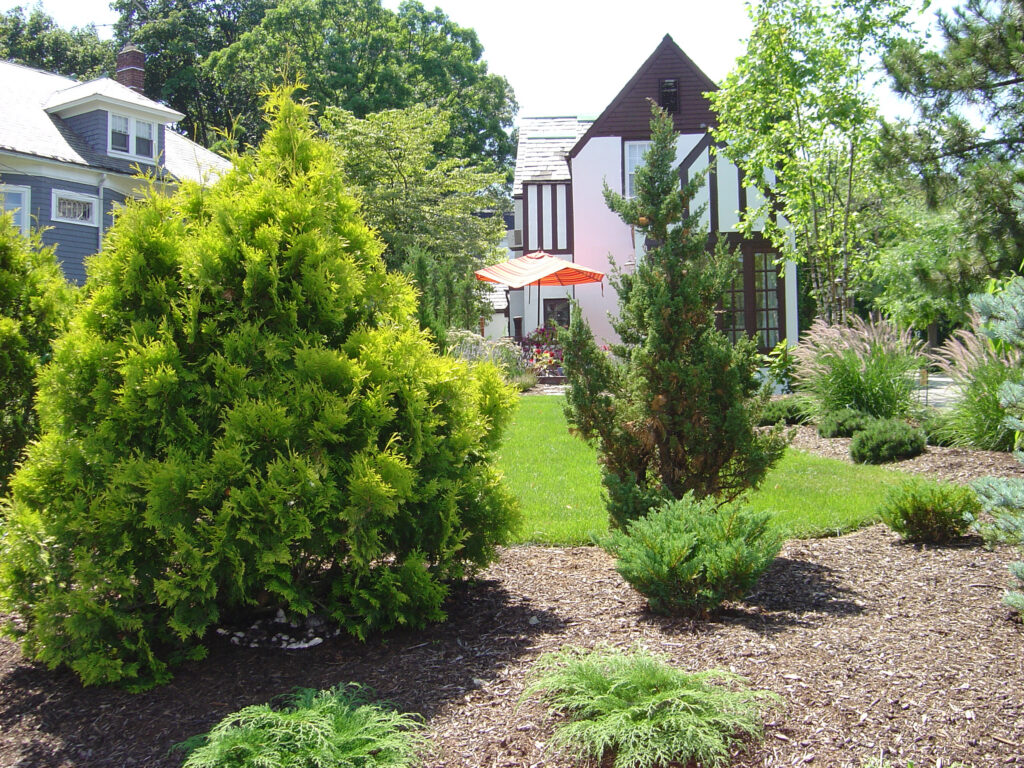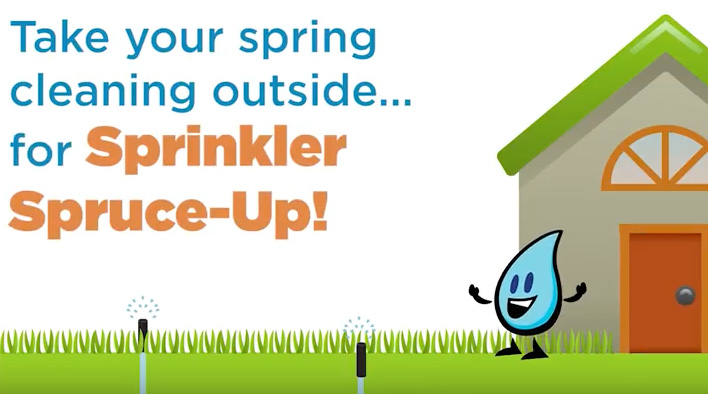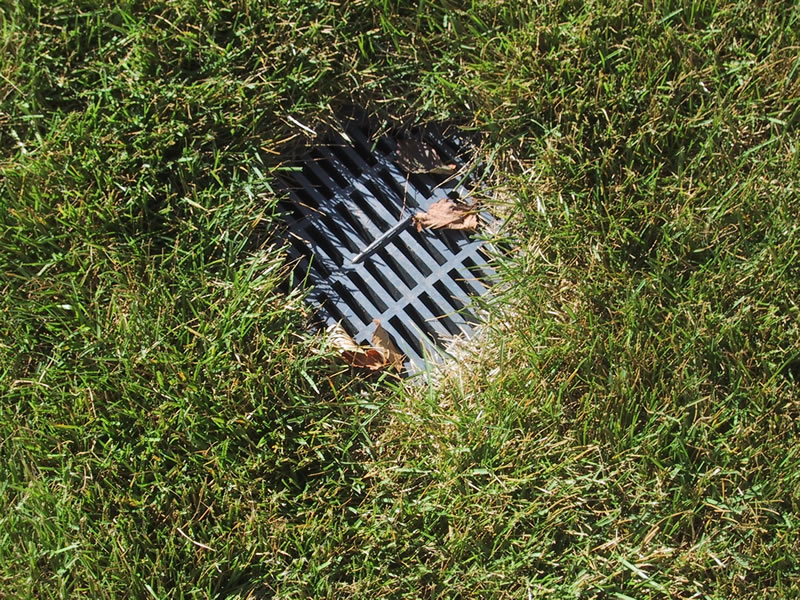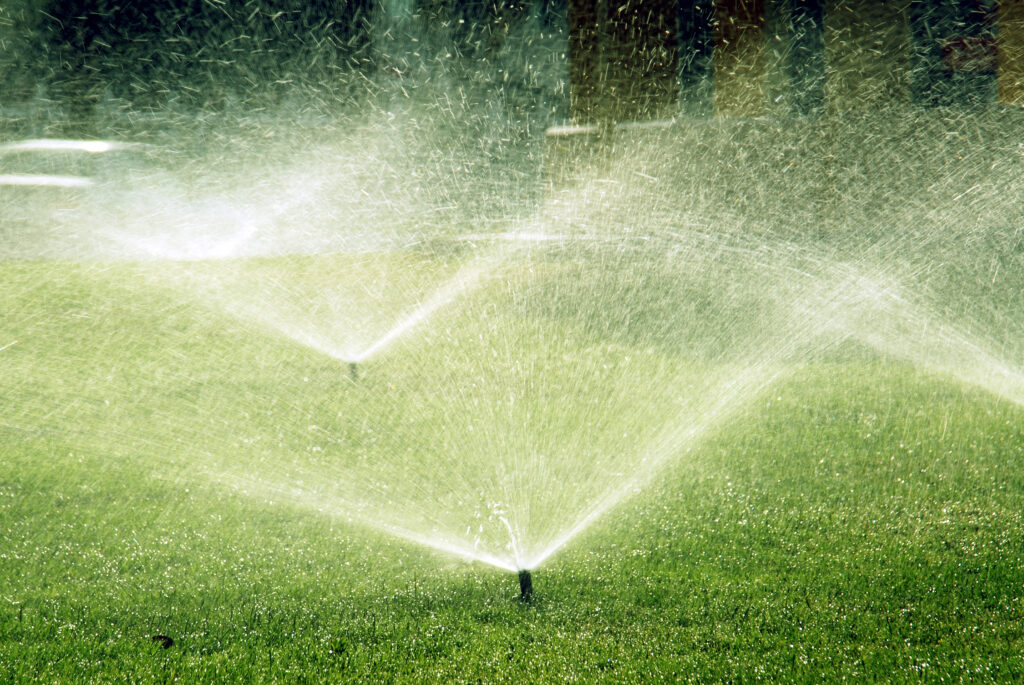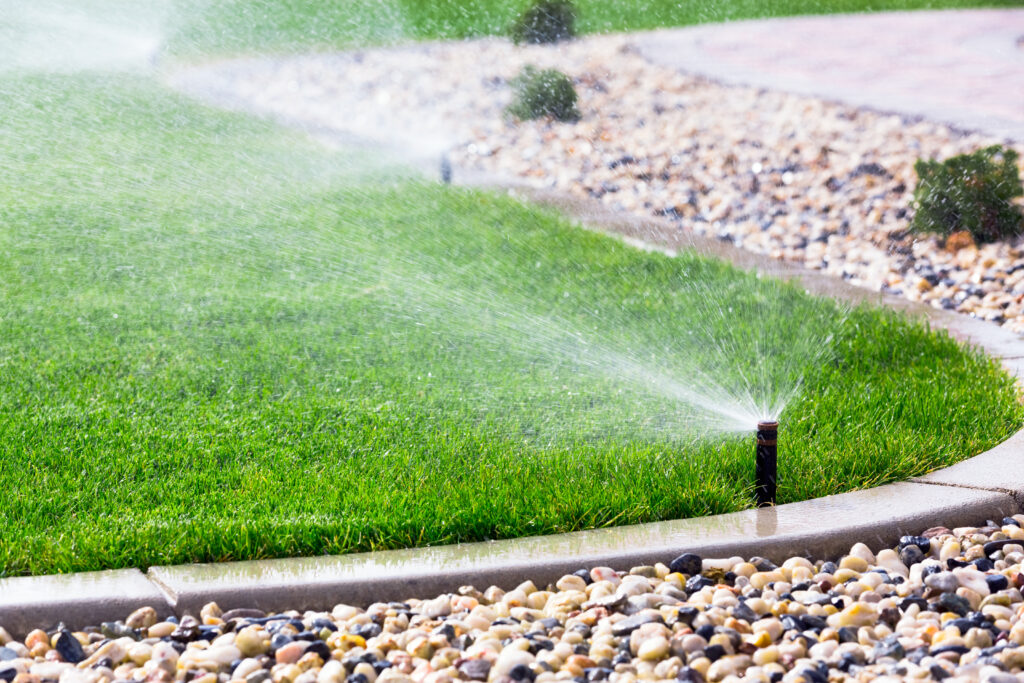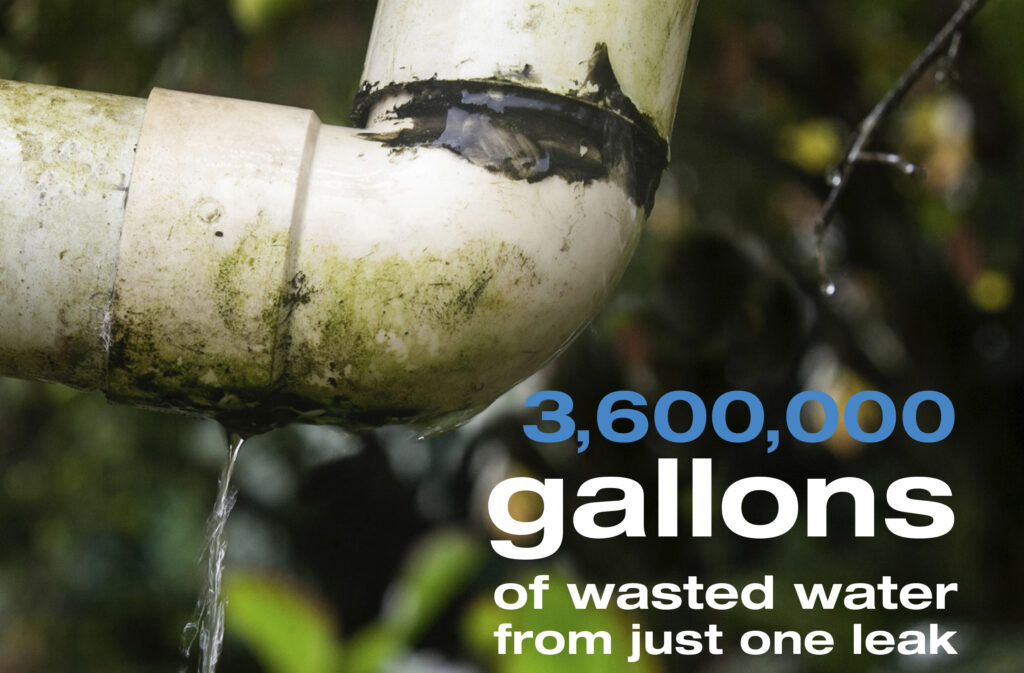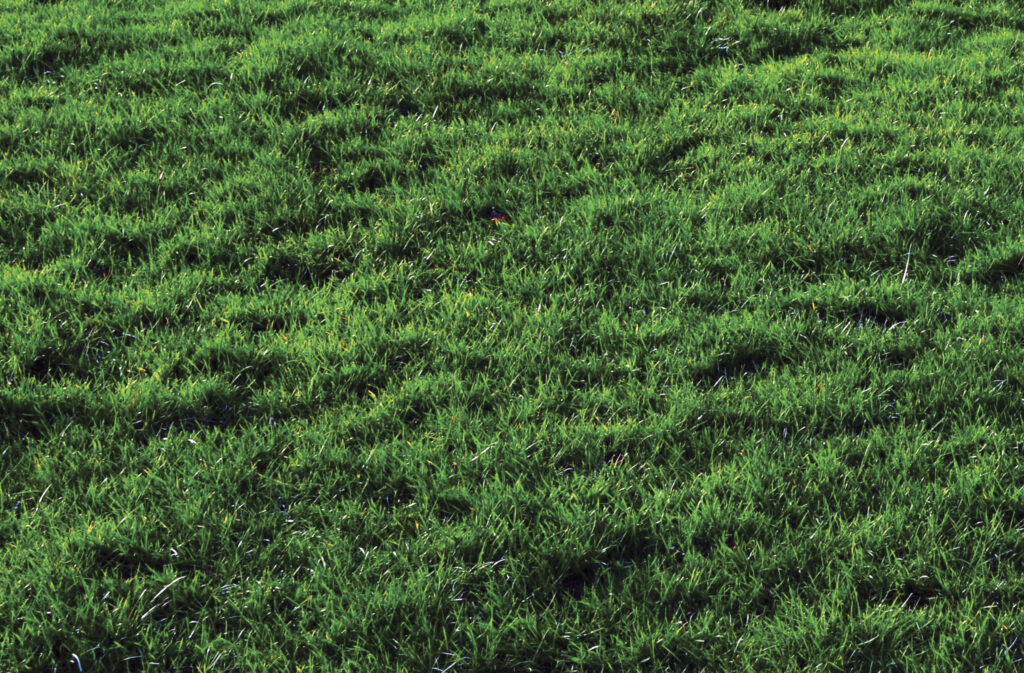Route Water Where You Want It To Go With Catch Basins
Rainfall isn’t always predictable and a sudden downpour can be a problem for certain projects. Knowing how to take care of areas that receive more rain than the ground can absorb in a reasonable amount of time can save you from a plethora of problems. Consider starting your problem solving process with CATCH BASINS. Stop…
Determine Irrigation Run Times And Schedules For Your Irrigation System
Irrigation systems require setup. As you prep a your system for its first-time use this spring, you’ll need the things to set up an irrigation schedule that will work best for the site’s specific conditions: the water requirement and the precipitation rates of the sprinkler heads or drip emitters. Water requirement: The easiest way to…
Freeze Has Damaged Thousands Of Sprinkler System Backflow Preventers And Pipes In The Houston Area
Most people wake up in the morning and don’t see any water so they assume they have no busted pipes. Pipes bust because water gets trapped in them and expands. If the water expands and has no place to go it will eventually burst your pipe at the weakest point. I typically don’t get any…
How To Make Your Lawn, Trees And Shrubs More Drought Tolerant In Houston
Lawns Most lawns receive twice as much water as they require for a healthy appearance. The key to watering lawns is to apply the water infrequently, yet thoroughly. This creates a deep, well-rooted lawn that efficiently uses water stored in the soil. To know when to water the lawn, simply observe the grass. Wilting and…
Save Water And Money With JB Irrigation’s Sprinkler Spruce Up
https://jbirrigation.com . One broken sprinkler head can waste over 25,000 gallons of water in just 6 months. Have JB Irrigation’s team inspect for clogged, broken or missing sprinkler heads today.
Top 5 Yard Drain Maintenance Tips
We do not recommend that you use chemicals to attempt to unclog yard drains or driveway drains as they typically drain directly into a waterway via the storm sewer without first treating the water at a sewage treatment facility. Fix or replace broken yard drain grates. Consider finer screen or grate to keep more dirt…
Recent Thunderstorms Damage Hundreds Of Irrigation Systems In Houston
It’s been a wet last few months with record rainfall and flooding. Many homeowners have turned off their irrigation systems because of it. Now that the rain has subsided, it’s time to water again. Some people find that when turning on their system, it doesn’t work. Along with the flooding rains were Thunderstorms. These thunderstorms…
July Is SMART IRRIGATION Month. We’ll Help You Save Water and Money
JB Irrigation is celebrating Smart Irrigation Month by helping customers save water, save money and see better results. Smart Irrigation Month is a public awareness campaign to promote efficient water use. Focused on July, traditionally the month of peak demand for outdoor water use, the campaign highlights simple practices and innovative technologies to: Make maintaining…
Is Your Irrigation System Ready for Spring? Do a Spring Irrigation Check-Up!
In warm climates, perform at least quarterly irrigation checks to find leaks and any other issues. Check the controller to ensure the settings and schedule are right for the season! Check sprinkler heads, nozzles, valves and pipes to make sure everything is in good working condition. Run the system to check for coverage, overspray and…
Are You Ready for Spring? Get Your Spring Start-Up Checklist
Spring is upon us…are you ready? With the seasons come changes in plants, weeds and irrigation needs. There are several steps to make sure the lawn, plants and irrigation system are ready for the change, and JB Irrigation has a checklist to help you make sure everything is covered! Get Lawns and Plants Ready for…
Repairing Houston Sprinkler Water Leaks
An irrigation system that has a leak 1/32” in diameter (about the thickness of a dime) wastes 6,300 gallons of water per month or 75,000 gallons per year*. In a typical subdivision of 48 homes, that’s over 3.6 million gallons of water…from just one leak! Here are some tips to avoid leaks and wasted water:…
When Should I Fertilize My Houston Lawn In The Spring?
To get a beautiful green lawn and healthy stand of grass you will need to fertilize your lawn. Since our winter (or lack of) seems over it is now time to fertilize your lawn. A few days before fertilizing, water your lawn thoroughly with your sprinkler system. Then apply your fertilizer. Water fertilize in. If…

